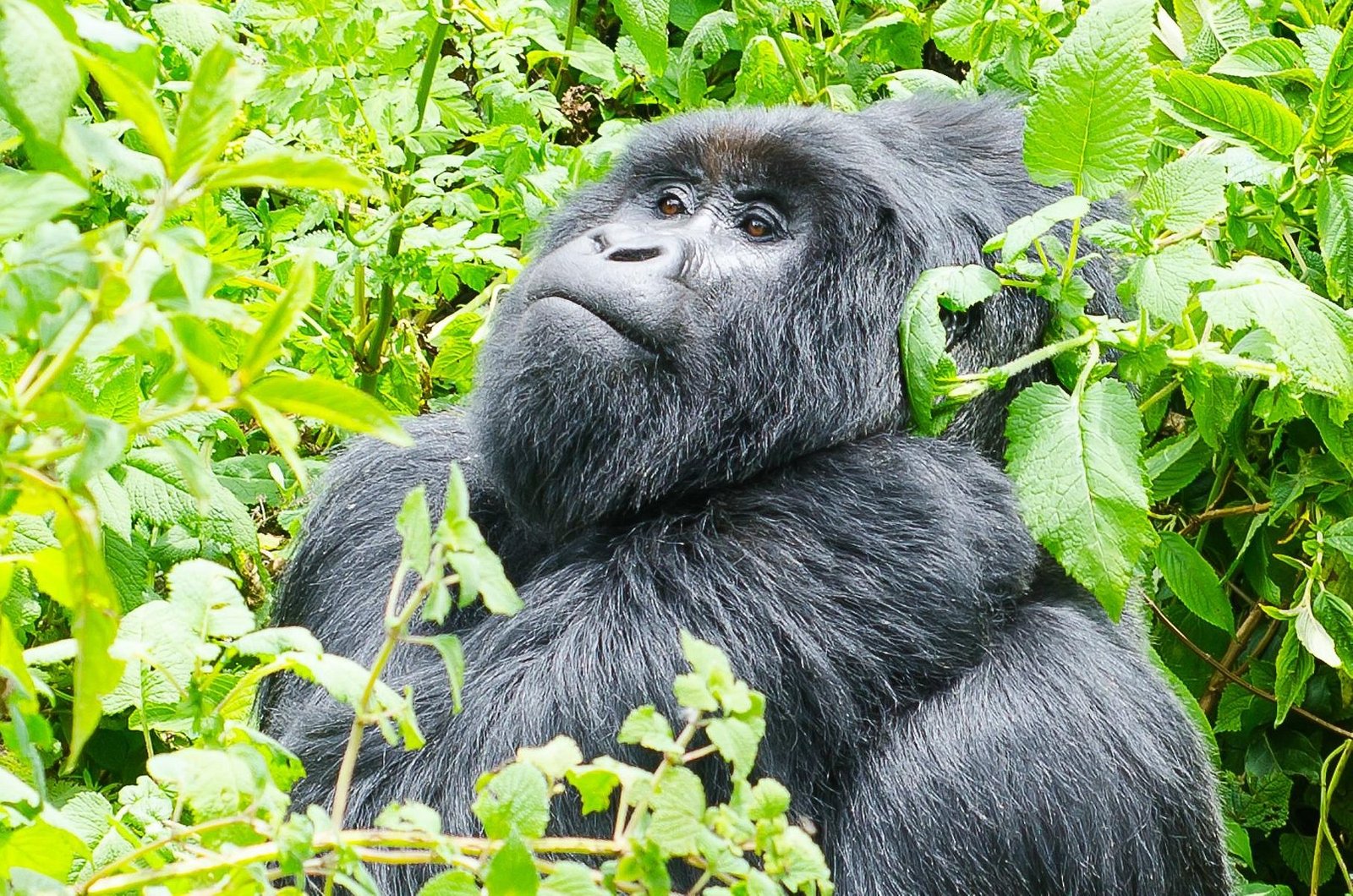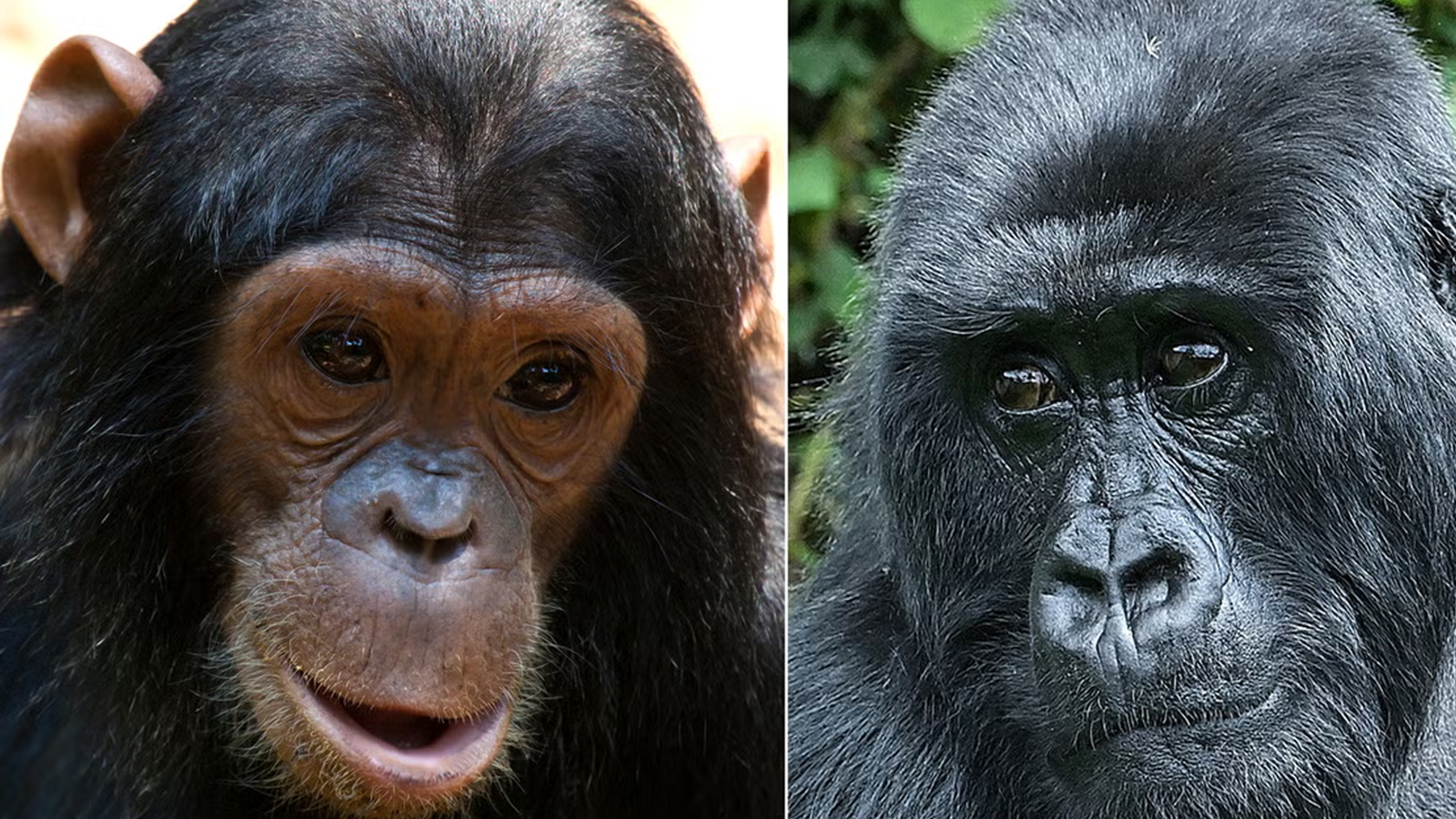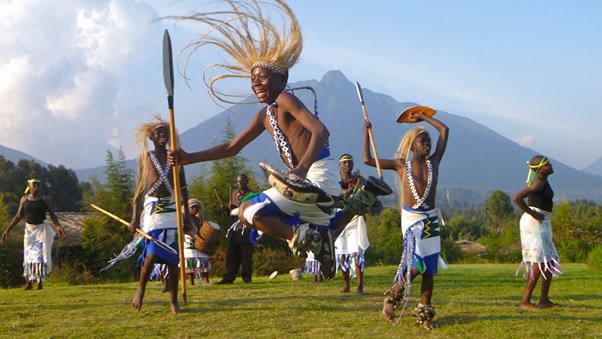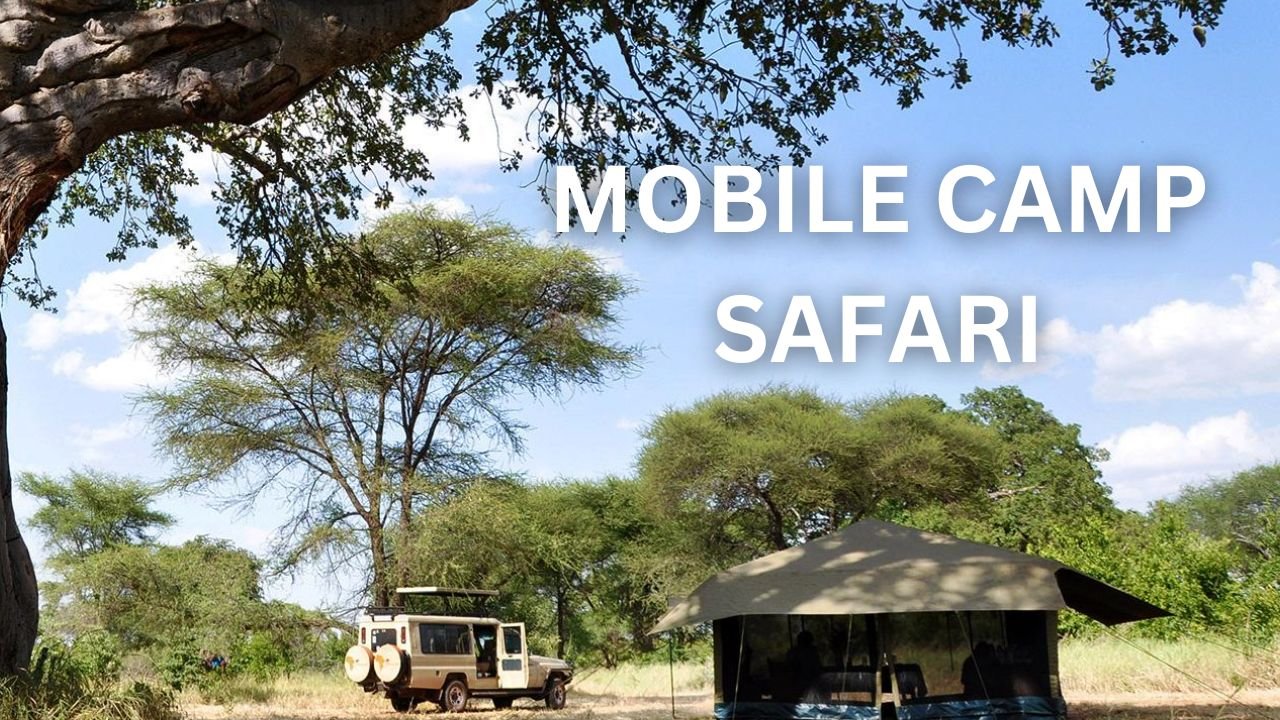Tips for gorilla trekking in Uganda are the different things to know prior to the activity in Bwindi or Mgahinga national park. These different tips for gorilla trekking in Uganda will guide you and also prepare you for the magical encounter with the gorillas.
Gorilla trekking in Uganda is a thrilling and unforgettable experience that allows visitors to get up close and personal with these magnificent creatures in their natural habitat.
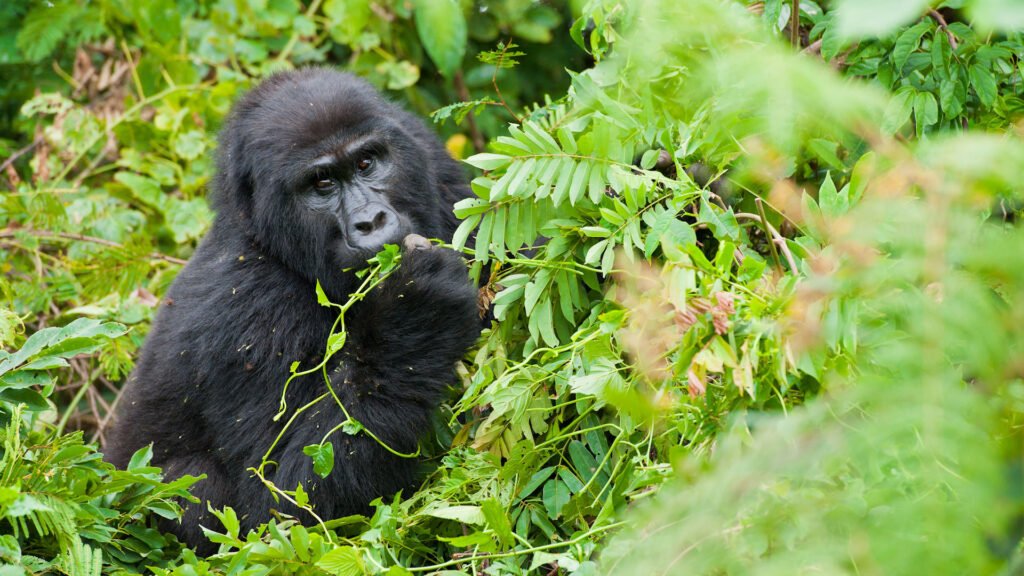
To make the most of your gorilla trekking adventure when visiting Uganda, it is important to be well-prepared and follow certain tips. In this comprehensive guide, we will provide you with valuable information and advice to ensure a successful and enjoyable gorilla trekking experience in Uganda.
- Obtain the gorilla permits:
Gorilla permits are documents which will allow you to engage in the trek during a safari in Uganda.
They are a key necessity for gorilla trekking in Uganda and can be obtained through a licenced tour operator. The gorilla permits in Uganda are issued by the Uganda Wildlife Authority (UWA) and are required for each individual participating in the trek.
It is advisable to book your permits well in advance, as they are limited and can sell out quickly, especially during peak seasons. The cost of the gorilla permits in Uganda is 700 USD for foreign non-residents, 600 USD for foreign residents and 250,000 Uganda shillings for East Africans.
- Choose the right trekking destination:
There are 2 national parks to choose from when deciding the location for gorilla trekking in Uganda and they include Bwindi Impenetrable National Park and Mgahinga Gorilla National Park.
Bwindi Impenetrable National Park is particularly renowned for its gorilla population, with over half of the world’s remaining mountain gorillas residing there. Gorilla trekking in Bwindi is done in four sectors namely Rushaga, Buhoma, Nkuringo and Ruhija sector.
Mgahinga Gorilla National Park, on the other hand, is smaller but still offers an incredible gorilla trekking experience and is also home to golden monkeys in Uganda.
- Plan your visit during the dry season:
The best time to go gorilla trekking in Uganda is during the dry season, which typically runs from June to September and December to February.
During the dry season, the weather is generally more favourable, with less rainfall and clearer skies. The trails are also easier to navigate as they are less muddy and slippery compared to the wet season in Bwindi national park.
- Be physically prepared:
Gorilla trekking can be physically demanding, as it involves hiking through dense forests and steep terrain.
It is important to be in good physical condition to fully enjoy the gorilla trekking experience in Uganda. Engaging in regular exercise and building stamina prior to your trip is highly recommended.
Additionally, it is advisable to consult with a healthcare professional before embarking on the gorilla trek, especially if you have any pre-existing medical conditions.
- Dress appropriately:
When gorilla trekking in Uganda, it is crucial to dress appropriately for both comfort and protection.
Some of the items to pack for gorilla trekking in Uganda include long-sleeved shirts and pants recommended to protect your skin from scratches, insect bites, and stinging nettles.
It is also advisable to pack sturdy waterproof hiking boots with good ankle support, as the terrain can be challenging.
A lightweight rain jacket or poncho should also be packed, as rain showers can occur unexpectedly during the search for the gorillas in Bwindi national park.
- Pack essential items:
In addition to appropriate clothing, there are several essential items that should be included in your packing list for gorilla trekking in Uganda.
These include a backpack, sunscreen, insect repellent, a hat, sunglasses, a refillable water bottle, snacks, a camera with extra batteries and memory cards, binoculars, and a first aid kit.
- Follow the rules and guidelines:
During the gorilla trekking experience in Uganda, it is important to follow the rules and guidelines set by the park authorities.
These guidelines for gorilla trekking are designed by Uganda Wildlife Authority (UWA) to ensure the safety of both visitors and gorillas while minimizing any negative impact on their natural habitat.
Some of the common rules followed during gorilla trekking in Uganda include maintaining a minimum distance of 7 meters (23 feet) from the gorillas, avoiding direct eye contact with them, keeping your voice low and avoiding noise, not eating or drinking in their presence, and not touching or pointing at them.
- Hire an experienced guide:
To enhance your gorilla trekking experience and maximize your chances of spotting gorillas, it is highly recommended to hire an experienced guide or ranger.
These guides are knowledgeable about the gorillas’ behaviour, habits, and movements, and can provide valuable insights during the trek. They also help ensure your safety and adherence to the park’s rules.
- Respect the gorillas’ space:
While gorilla trekking in Uganda, it is important to respect the gorillas’ space and avoid any behaviour that may disturb or agitate them.
Maintaining a respectful distance and avoiding sudden movements or loud noises is crucial to ensure a peaceful encounter with the gorillas.
It is also important to remember that gorillas are wild animals and should never be approached or touched without permission from the guide.
- Practice responsible tourism:
Lastly, it is essential to practice responsible tourism during your gorilla trekking adventure in Uganda.
This includes respecting the environment by not littering, staying on designated trails, and following any additional guidelines provided by the park authorities. Responsible tourism helps preserve the gorillas’ natural habitat and ensures their long-term survival.
By obtaining gorilla permits in advance, choosing the right destination, planning your visit during the dry season, being physically prepared, dressing appropriately, packing essential items, following the rules and guidelines, hiring an experienced guide, respecting the gorillas’ space, and practicing responsible tourism, you can have an unforgettable and ethically conscious gorilla trekking experience in Uganda.
In conclusion, gorilla trekking in Uganda offers a unique opportunity to observe these incredible creatures in their natural habitat.
